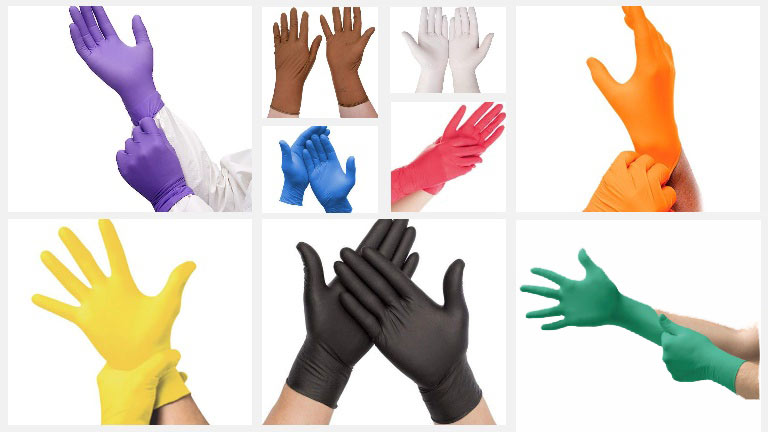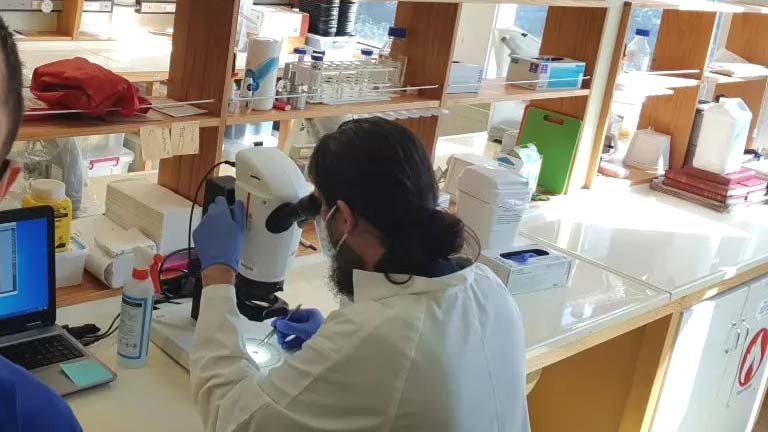
Myopia, or nearsightedness, is a growing problem among children worldwide. It is caused by lifestyle, family history, or both. It can potentially worsen as children grow older because their eyes continue to develop and grow. This can affect a child’s way of life and even lead to eye health problems in the future.
Fortunately, a pediatric ophthalmologist shares that there are several ways to manage myopia in children. Read further to learn more about this refractive disorder and the best ways to help your child deal with it.
What Is Myopia?
The eye’s cornea, tear film, and lens bend light to focus on the retina. The retina, on the other hand, receives the image that is formed by these rays of light. It then sends the images to the brain via the optic nerve to the visual cortex at the back end of the brain.
If the eye is longer or has a very steep cornea, myopia occurs: Instead of focusing images onto the retina, the light rays focus in front of it. Therefore, the patient sees close objects clearly, but distant items appear blurry.
Myopia or nearsightedness can be inherited. So if you are myopic, there is a strong possibility that your child may be the same. Myopia is diagnosed in children, more often in recent decades, but it can also develop in late teens or early adulthood.
Signs and symptoms of myopia may include headaches, eye strain, and difficulty seeing distant objects like the blackboard in a school classroom or the signs along the road. These symptoms may become noticeable at an average of 8 to 12 years old, and even earlier in some Far Eastern countries like Taiwan, Singapore, and China.
How to Manage Myopia in Children
When it comes to correcting myopia, there is no absolute method that works for everyone. Instead, it depends on the patient’s eyes and lifestyle. It is, therefore, crucial for you to discuss your child’s lifestyle and routine with an experienced and trusted eye specialist. Together, you can decide on a treatment method that is most appropriate for your child.
These treatment methods include:
Peripheral defocus contact lenses
These are special contact lenses suitable for children aged 6 to 12 years old, and older. They have different areas of focus. These lenses are like dartboards with several circles inside of each other. The “bull’s eye” or the center corrects unclear distant vision, whereas the outer portions of the lens blur your child’s side or peripheral vision. Defocusing the peripheral focus is believed to help limit myopia and slow down eye growth.
But similar to any other type of contact lens, a corneal infection can occur. One way to prevent infection is to practice CLEAN hand hygiene with insertion and removal and follow advised rules for clean contact lens care. Make sure that your child wears the lenses correctly. The contact lenses must also be cleaned and stored properly at all times when not in use.
Orthokeratology
If your child doesn’t want to wear any device for vision correction during the day, Ortho-K contact lenses are an ideal solution. These lenses flatten the corneal dome shape while sleeping. They are worn overnight to correct fuzzy distance vision during the daytime. Upon waking up, the light that passes through the reshaped cornea will fall accurately on the retina. As a result, the distant images will then appear clearer.
Orthokeratology contact lenses also reduce myopic progression in children when introduced early. The light that focuses correctly on the retina will act as a signal to slow the growth of the eye. Studies have shown that as opposed to other types of contact lenses, Ortho-K contact lenses significantly slow axial length growth.
Though there may be some risk for eye infection since your child must wear these contact lenses overnight, proper placement and care, along with regular visits to your eye specialist, will help lower or prevent such risks.
Low-dose atropine eye drops
Atropine eye drops are used during eye examinations and certain eye treatments. Atropine given to children with myopia in small doses in each eye every night for at least two years can slow the progression of myopia.
Several studies have shown that anti-muscarinic agents like atropine are effective at reducing myopic eye growth. However, these agents are rarely prescribed because of availability and their associated side effects, which include itchiness and redness around the eye.
Home Remedies
Aside from using contact lenses, there are other steps you and your child can take to limit your child’s myopia further. These include:
- Putting devices away – Lifestyle plays a crucial role in myopic progression. Youth today often spend a lot of time on electronic devices. Though it may be unrealistic to prohibit the use of these gadgets, you need to limit them to ensure a balance in their everyday lives.
- Send them outdoors – Most kids today are spending more time indoors. As much as safely possible, take them outdoors for at least 2-3 hours per day – on all days if possible. c may be a result of low light levels, which is directly associated with how children today spend little time outside. Increased outdoor activity can delay the onset of this eye disorder because of the activation of vitamin D when exposed to sunlight. Note that this vitamin plays a significant role in ensuring proper eye growth. Moreover, distant-vision outdoor activities can put fewer strenuous near-vision demands on your child’s eyes.
Managing myopia in children is critical because as their eyes grow, their myopia increases. They can also become highly dependent on glasses and contact lenses, which can hamper their ability to participate in sports and other activities. Furthermore, unmanaged myopia may lead to serious eye problems in the future so get it treated in timely by a pediatric ophthalmologist in Dubai
While you cannot change your child’s genes, there are steps you can take to keep their myopia from getting worse.




